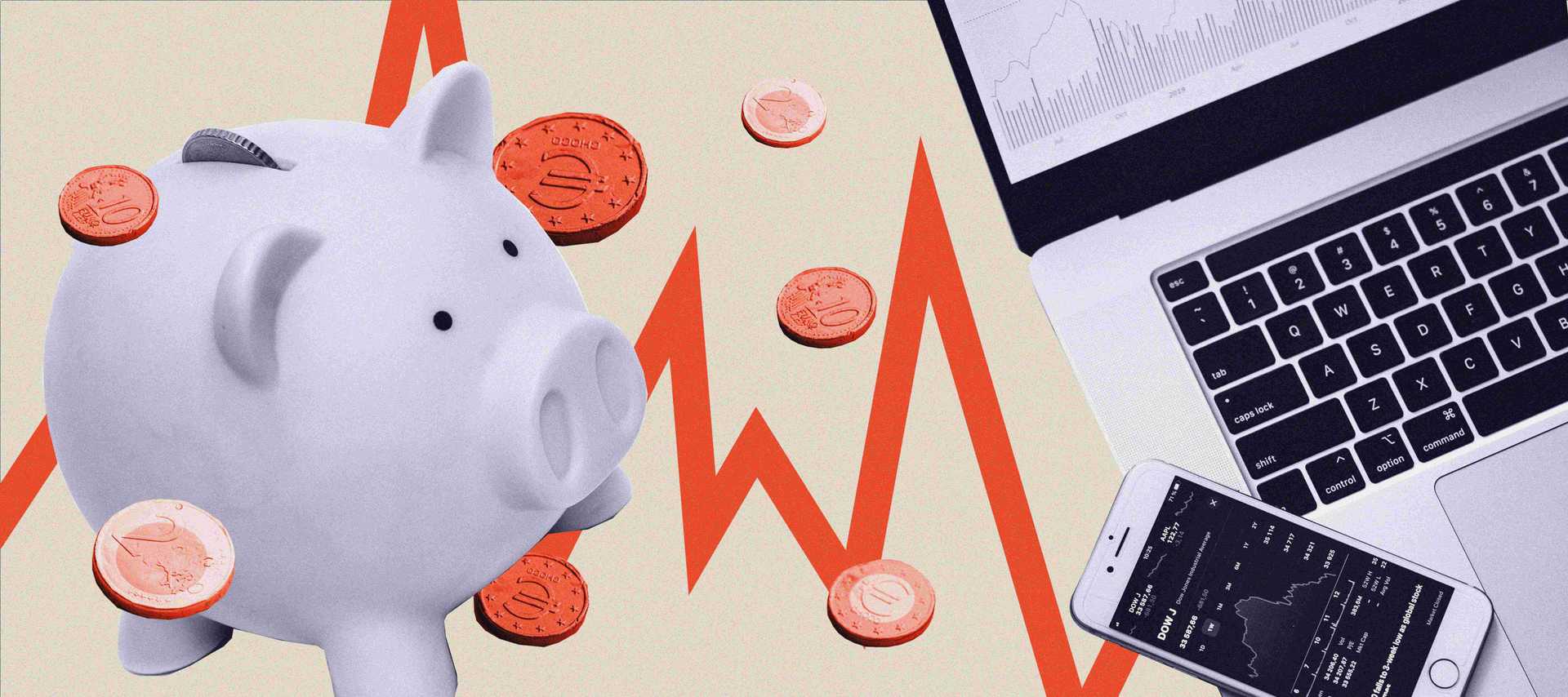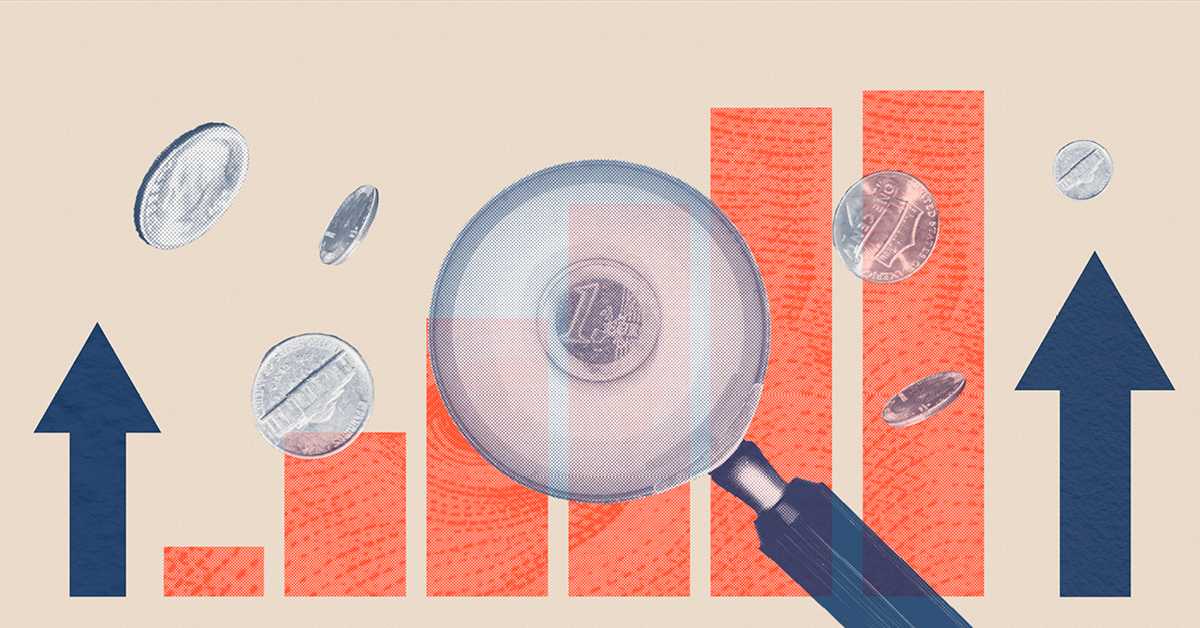We have had a number of clients contacting us lately asking for help in understanding net option value (or net liquidating value) and what impact it has on their margin. What has become clear is that the volatility being caused by the coronavirus pandemic is causing large changes in net option value, and consequently sudden changes in margin requirements. Market participants know that margin is affected by the parameter changes that the CCPs are making on an almost daily basis, but the impact of net option value is less well understood.
What’s the Issue?
Any portfolio that includes option positions may have net option value that can be used to reduce the margin payable. The more of this credit that is used the greater the margin efficiency that can be achieved.
The way in which this margin offsetting works isn’t well understood. And the increased market volatility means that options that were previously out of the money will become in the money (and hence have net option value) and vice versa.
This change in net option value could also mean that a lot of firms are missing out on what is basically ‘margin free’ risk: the availability of a credit option value could mean that additional positions can be opened without paying any additional margin.
What Is Meant By Net Option Value, How Does It Impact Margin and How Can Its Use Be Optimised?
For premium paid up front options, the net option value is included in the overall margin calculation. credit option value can be used to offset initial margin, whereas debit option value must be covered by collateral in the same way as initial margin.
Before looking at how net option value in your portfolio can impact margin, and how the use of it can be optimised, it’s probably best to define what we’re talking about. There are a few different terms that you may have heard:
- Net Option Value
- Equity Value
- Net Liquidating Value
- Premium Value
These are all just different names for the same thing: the current value of any options where premium is paid up front in your portfolio. What is important here is that it isn’t all options. Some options are what is called “futures style”, with daily profit and loss being paid on them, and these do not have net option value. As an example ICE Financial options are all futures style.
The calculation of the net option value, or Net Liquidating Value (NLV) as it is called by the majority of exchanges, is a simple one:
NLV = Position * Contract Size * Price
Where position is the number of lots of the option held, with position being positive for a long position and negative for a short position. So, if you have a long position you will have credit NLV and if you have a short position you will have debit NLV.
Not all options are premium paid up front. A number of options are futures style, with Realised Variation Margin being paid on a daily basis. The options that fall into each category at the major CCPs are as follows:
- CME – all premium paid up front (CME, CBOT, COMEX, NYMEX)
- ICE Clear Europe
- Financials (ex LIFFE) – futures style
- Equities (ex LTOM) – premium paid up front
- Commodities (ex LIFFE Commodities/FOX) – futures style
- Energy (ex IPE) – futures style for majority, but premium paid up front for those which are copies of CME contracts
- Eurex
- Fixed Income (PFI01 Liquidation Group Split) – futures style
- Equities (PEQ01) – premium paid up front
- HKEX
- Premium paid up front
- JSCC (for OSE)
- JGB – futures style
- Equity and Equity Index- premium paid up front
In general, US options are premium paid up front. Other countries tend to follow the rule that equity and equity index options are premium paid up front, whilst all other options are futures style.
What Is the Impact On Margin?
When most people talk about margin they are thinking of initial margin. This is the calculation that estimates potential future losses, using algorithms like SPAN or Prisma. But it is actually the net margin that has to be collateralised:
Net Margin = Initial Margin + NLV
It is important to get the signs correct in this calculation. Initial margin is always a debit, so if you have debit NLV then it will increase your net margin, but if you have credit NLV it will reduce your net margin.
There are limits on the initial margin that can be offset by credit NLV. Generally the use is restricted to the same group of products. So for example, if you have an excess credit on an equity position with a CCP you may find that you still have to pay the full margin on your fixed income position with the same CCP.
As can be seen above, if you have credit NLV then you can reduce your net margin. This means that the net option value in your long option positions can be used to reduce the amount of margin that you pay. Not forgetting though that if you have a lot of short option positions they will increase your net margin.
And the value of the credit that you get from the NLV can be significant. In a portfolio consisting of a large proportion of long options, the credit NLV can often be larger than the initial margin, meaning it is completely offset, and your margin requirement will be zero.
How Is the Current Market Volatility Changing This?
Many market participants will be holding option strategies where they expect the options to be out of the money. But with big swings in the underlying futures price, they may find that these options are suddenly in the money. And this means that they will now have net option value that will impact the net margin.
If these option strategies have long option positions then this will be a plus, as the overall margin requirement will be reduced by this net option value – maybe offsetting some of the margin increase resulting from recent parameter changes.
However, if the options are short then the net margin will increase by the net option value. This can lead to a large increase in the margin requirement for the impacted firm, and may even cause liquidity issues.
Similarly, if a firm holds long option positions that were in the money, and offsetting their initial margin, they may find a sudden increase in their margin requirement if these options move out of the money.
Firms need to be aware of the impact that changes in net option value can have on their margin requirement, especially in current market conditions where there can be significant jumps.
What About Optimisation?
Unfortunately, you don’t benefit if your credit NLV more than offsets your initial margin. CCPs don’t give you any money back. It’s a case of ‘use it or lose it’. Consequently, you might like to consider trading some additional futures. The initial margin could be completely offset by the available credit NLV, meaning that your net margin could still be zero.
In order to benefit from this you need to understand the breakdown of your margin and the spare capacity you may have in your portfolio. But watch out – with the markets this volatile that net option value could soon disappear.
So What Have We Learnt?
First of all, from the questions we have received, it is clear that the impact of net option value on margin requirement is not generally understood. The current market volatility, which has led to big changes in net option value has clearly highlighted this issue.
Once you understand how net option value is used by CCPs, then it is easier to see how it is potentially another tool in optimising margin, and hence returns. The only problem is that, in the current market, the net option value that you have one day could easily all have disappeared by the next.




